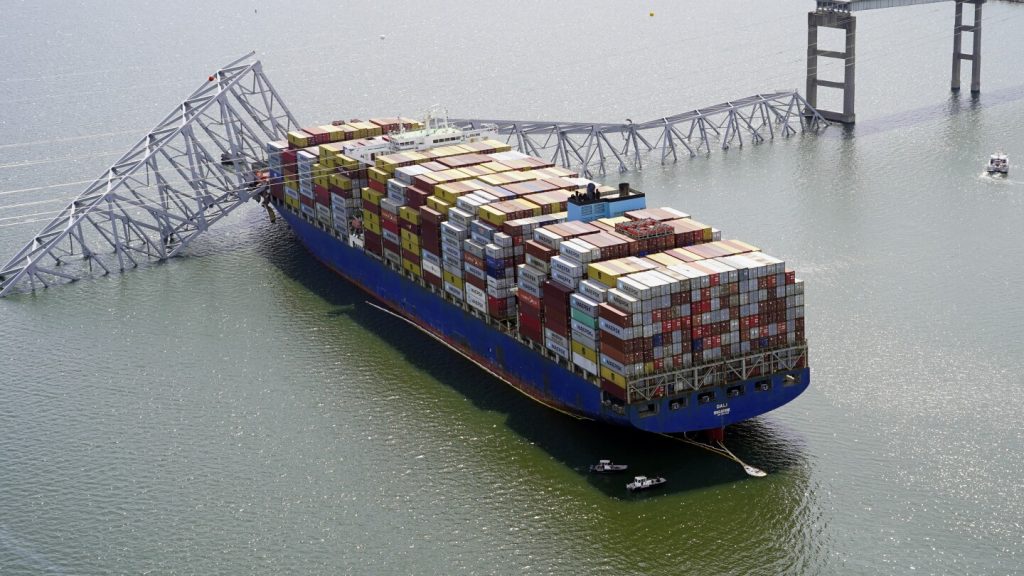The collapse of the Francis Scott Key Bridge in Baltimore has prompted discussions about the need for safety measures to protect against collisions with large cargo ships. Experts suggest that a fendering system, pilings, or islands of rocks or concrete could have potentially softened the impact and prevented the bridge collapse. However, there is ongoing debate within the engineering community about whether these measures could have made a difference in such a catastrophic event.
The incident has raised questions about the costs involved in implementing these safety measures on bridges across the country. Some argue that the Key Bridge did not have the necessary protections that newer bridges have against collisions. U.S. Transportation Secretary Pete Buttigieg highlighted the severity of the collision, comparing it to the weight of a block, and emphasized the need for considering stronger safety measures on bridges to prevent such tragedies in the future.
The design of bridges has evolved over the years following previous disasters, such as the Sunshine Skyway Bridge collapse in 1980, which led to a paradigm shift in bridge design. Bridges like the new Skyway Bridge were constructed with features such as rock islands and large piers to minimize the risk of collisions. Retrofitting older bridges with these modern safety measures can be extremely costly, and the decision to invest in such protections involves balancing the costs and risks associated with potential disasters.
While the technology exists to protect bridges against collisions with massive cargo ships, governments must carefully consider the financial implications of implementing these safety measures. The size and weight of modern cargo ships have increased significantly over the years, presenting new challenges for bridge safety. Experts acknowledge that designing protection systems for such enormous loads can be expensive, leading to a debate on whether it is feasible to invest in retrofitting existing bridges with modern safety features.
Despite the ongoing discussions about the feasibility and cost-effectiveness of implementing safety measures on bridges, experts emphasize the importance of addressing the risks posed by large cargo ships. The Key Bridge collapse serves as a reminder of the potential consequences of such collisions and highlights the need for proactive measures to protect bridges and ensure public safety. As the investigation into the incident continues, it is likely that further debates and discussions will take place within the engineering community and among policymakers.


